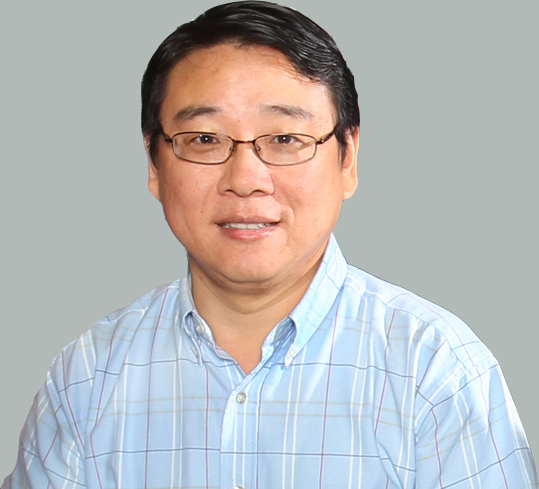Dr. Weidong Yang

The Yang lab is interested in exploring the molecular transport mechanisms in cells by using single-molecule tracking, super-resolution microscopy imaging and nanotechnology.
We are highly motivated to develop innovative research tools to meet the needs of solving challenging biological and biomedical problems, as we have done in the past and will be doing in the future. Currently, by developing and employing high-speed super-resolution microscopy techniques, our research aims to solve two critical transport mechanisms involving three sub-cellular organelles in eukaryotic cells: nucleus, cytoplasm and primary cilium. Macromolecular trafficking among these compartments is suggested to be gated by two unique machineries. One is the nuclear pore complex (NPC) embedded in the nuclear envelope that mediates the bidirectional trafficking of proteins and RNAs between the cytoplasm and the nucleus; the other is the transition zone (TZ) located at the base of cilium that regulates the entry of membrane and cytosolic proteins into the cilium.
Due to the challenges in elucidating kinetics and real-time transport routes for macromolecules through the sub-micrometer NPC or TZ in live cells, however, the fundamental gating mechanisms in either of these two machineries, remain obscure. Moreover, these transport mechanisms are not only the fundamental unanswered questions in cell biology, but also are closely associated with human diseases. For example, dysfunction of the nuclear transport through the NPC are linked to numerous human diseases including leukemias, cancers, and primary biliary cirrhosis. Also, defects in ciliary structure and/or function causes a variety of diseases (called ciliopathies) such as cystic kidney disease, nephronophthisis (NPHP), and retinitis pigmentosa. Thus, the fundamental knowledge of understanding the gating mechanisms in these transport systems is urgently needed to further develop therapeutics for the human diseases. In our lab, we aim at employing and further developing high-speed super-resolution fluorescence microscopy techniques to unravel these fundamental transport mechanisms.